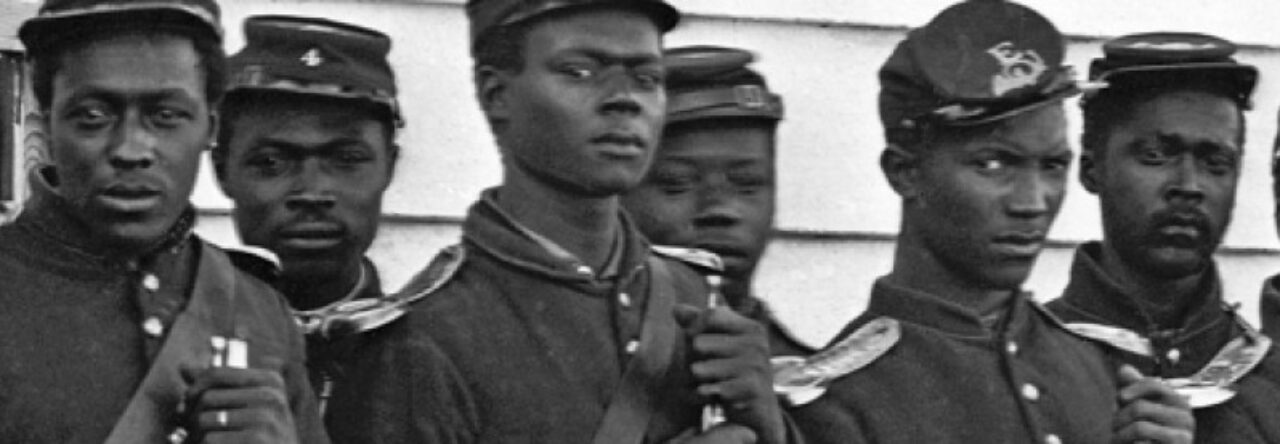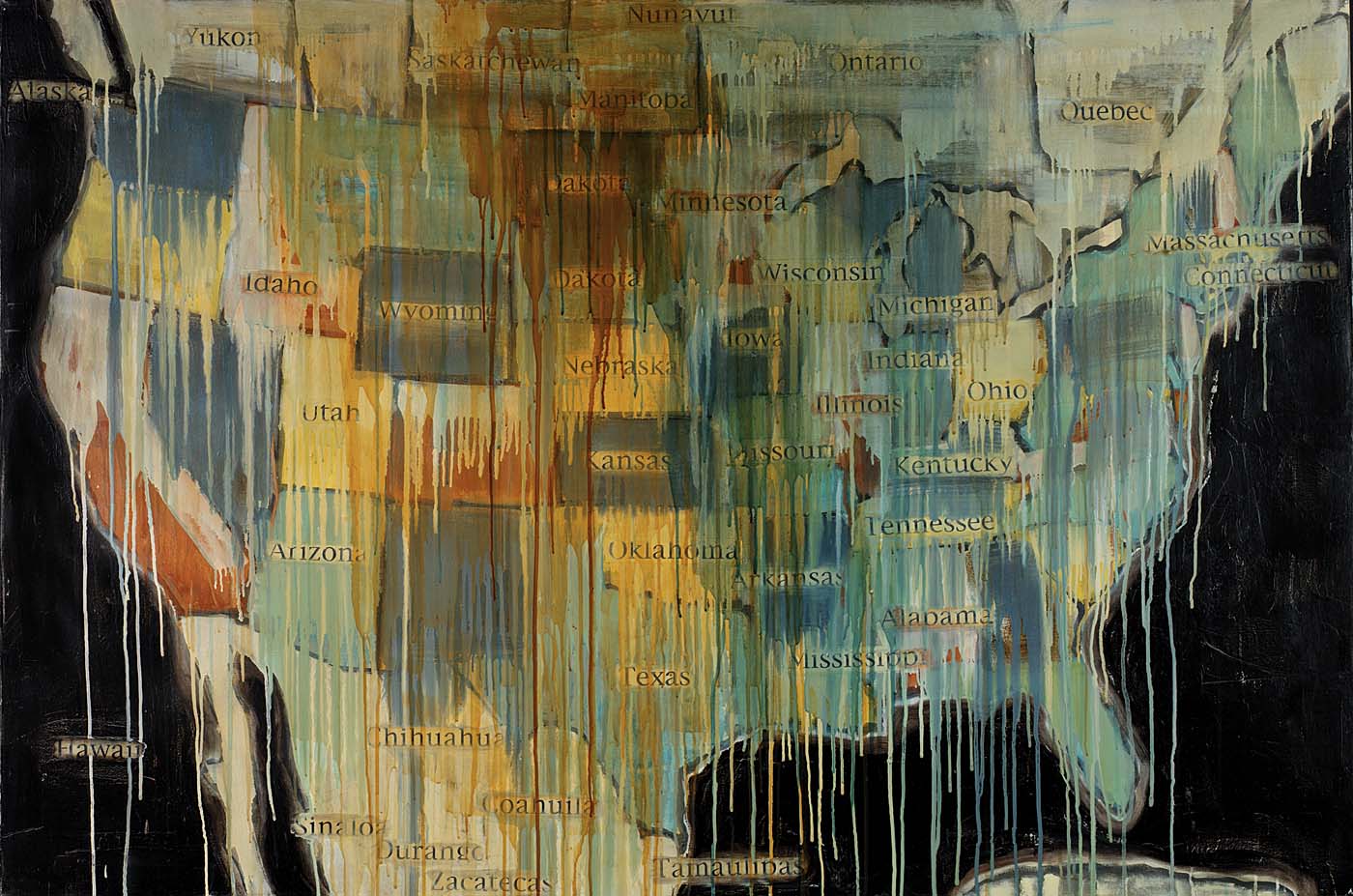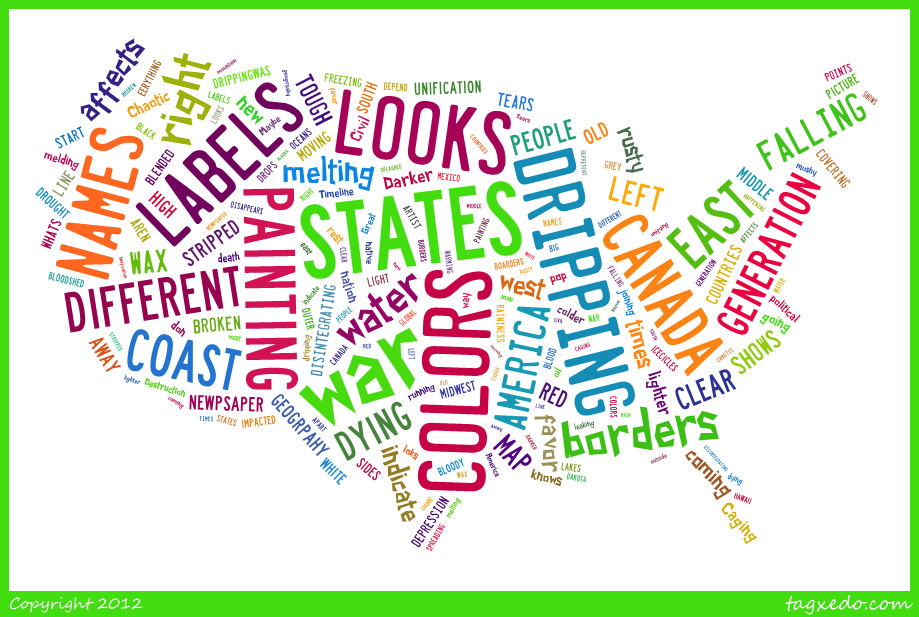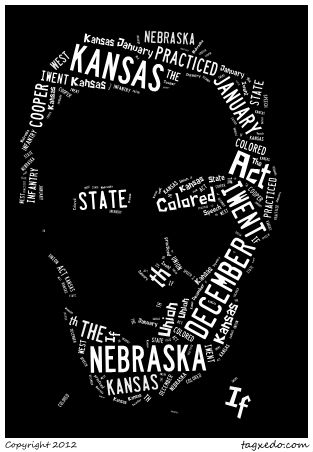
As with some of my colleagues in this course, this is one of my first on-line experiences. Since we spent much of Day 4’s wrap-up session talking about this topic, I thought I would share my impressions about how technology is changing the face of education.
This summer, I have engaged in a number of on-line learning experiences in an attempt to catch up to the tide. I am hoping to offer an on-line “course” this coming school year to both my students and possibly, to my teaching colleagues as part of a professional development course. I have taken an “Introduction to the Constitution” on-line course from the Center for the Constitution at Montpelier (James Madison’s home in Virginia, not the capital of Vermont). I have also participated in two webinars from the Center for Civic Education, one on the purpose of government and another on constitutionalism. And I was lucky enough to be selected for this course on the Civil War and Reconstruction through the Gilder Lehrman Institute of American History.
A quick comparison of the experiences seems necessary here. First, the Center for the Constitution’s course is “asynchronous” (a word I learned from a friend who teaches on-line courses at the local community college). In other words, there is no interaction between the participant, the instructor, and/or the other participants. You watch videos of instructors, read through information provided, and take quizzes on-line at your own pace and without any interaction. As an “old school” learner, I found this to be the least satisfying experience, largely because of the inability to discuss ideas, ask questions of the scholars, or get feedback. However, I am not so sure that my students would not love this form of teaching. Even in my classroom, they are very passive learners and it is difficult to draw them out to have satisfactory discussions about their ideas and opinions. I, of course, blame the modern technology that has people sitting next to each other “texting,” rather than having a conversation and the countless hours of video games and “facebooking.” However, I do recall older people complaining about my generation sitting in front of the television for hours on end. The more things change, etc.
The webinars were “synchronous,” listening to the instructor in real time and having the opportunity to ask questions. It should be noted that these were not intended to be courses, in the traditional sense, but rather hour-long introductions to the topics. I note that because my greatest criticism of these on-line experiences was the inability to go deeply into a topic and truly, just their brevity. My instructors did not have nearly enough time to impart even a fraction of their vast knowledge of the topic. This is not their fault, but the nature of the webinar. 
“Ahhh, this porridge is just right.” I have been very pleased with the nature of this on-line experience. There are a variety of reasons for this and I will try to highlight the most important. Clearly, the combination of the live instruction (with all of the glitches) over multiple days addresses my major concerns about my other experiences. And before I go on, let me emphatically state that I am not saying that I did not learn anything from nor did not enjoy my other on-line experiences. In fact, quite the opposite. I guess that I am saying that this course most mirrors my previous education and I find more comfortable. I am not sure that is true of the coming generations.
One of the features I most enjoyed was blogging. I have written a blog entry once before (for the Center for the Constitution), but I had a substantial time to think about it and edit it, so it was more like an essay than a blog post (I guess, since I am still not an expert on blogging). However, the pressure to write these relatively quickly is something I haven’t really experienced since writing for my college newspaper decades ago. Deadlines! I also enjoyed reading, at my leisure, the thoughts of the other participants, both commenting on my posts and, more importantly, writing their own. I love this feature so much that I am going to school tomorrow to see the school’s computer resource specialist to see what I can do to set up a blog for my classes this year. Our school system, like most, I guess, is struggling with how to incorporate technology into the educational process. Make sure they use technology, but make sure they do not say anything “bad” or go to “bad” websites or …
I must also confess that I will be stealing the image of the day and document of the day ideas. I certainly have used images and documents before (quite often, actually), but I think that making it a regular part of my lesson planning (learning planning, if any of my supervisors are reading this) will help focus my daily teaching.
I also want to commend Professor Pinsker and Lance for the great website and the tremendous amount of preparation that went into this course. As teachers, we understand the effort that goes into a successful class and I am impressed with all of the links on the website to the readings, documents, images, resources, etc. I was able to use all of that information to have a much more successful experience with this course.








